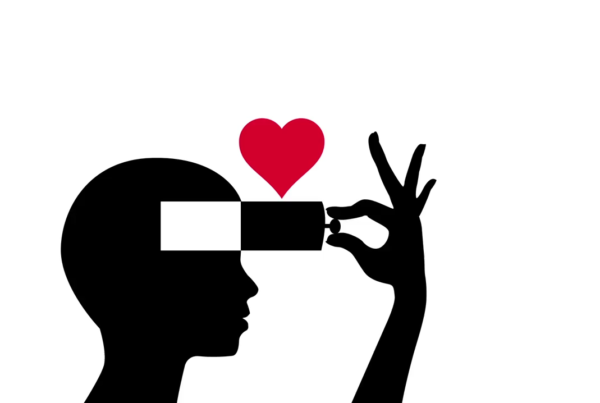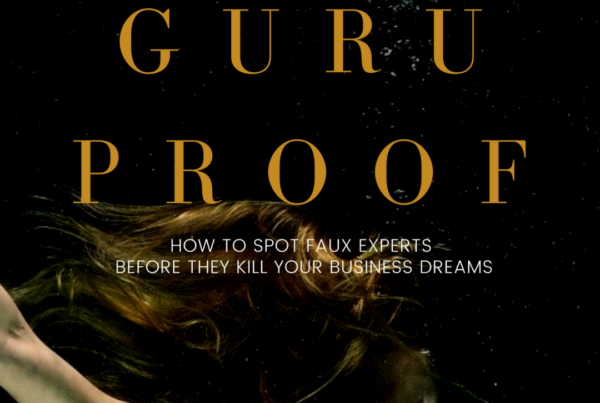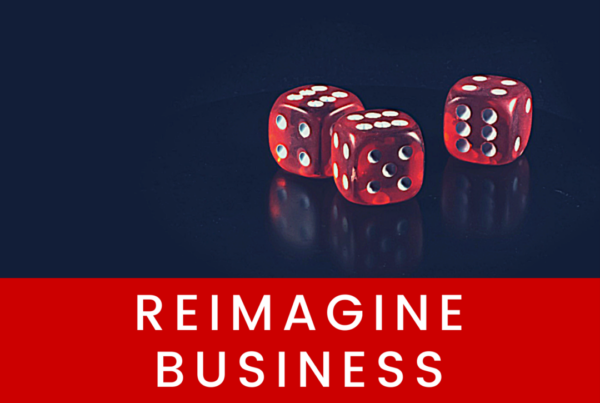
A brand is a set of differentiating promises that links a product to its customers. ~Stuart Agres
Thanks to the internet, you must compete for a customer’s attention in many different playgrounds. That means you now have more ways than ever to create high involvement situations with the people you want to reach out and touch in a meaningful way that converts to more sales for you.
As I mentioned in a previous post, to sell successfully, you mustn’t forget that marketing isn’t about what you are selling, it’s about what people are buying. And they are not going to buy anything from you until you have first established an emotional connection, then built up a relationship with them.
It also means you are going to need to find ways to have people interacting with you a minimum of 7 times. And, in each of those interactions, you must consistently exceed their expectations. (It takes a minimum of 7 exposures, and often many more than that, to get prospective clients to respond to what you’re putting in front of them in the way you want.)
Why sales may be lower than you’d like
One of the reasons many entrepreneurs are experiencing abysmal response rates to their online marketing is their marketing campaigns are using one-step, one-hit wonder marketing tactics. Consequently, they fail to even break even on their investment in marketing and conclude, wrongfully so, that online marketing sucks.
In reality, they simply haven’t correctly applied the techniques for building residual influence and trust. Since all their campaigns are set up the same (following the advice of what most gurus promote and without realizing key facts have been left out of the tales they’ve been told), their sales tend to stay in the uninspiring zone. Throwing more money into useless marketing campaigns is not going to fix this problem. The fix you need requires a very different strategy.
So the good news is branding is an effective way of creating an emotional connection between you and your customers. You can build a brand that works for you, if you set your mind to it. And the really good news is there is more than one way for you to accomplish this. In fact, there are 4 ways you can approach building a brand.
They are known as branding through:
- planning
- imagery
- customer experience
- self-expression
Let’s take a quick look at some examples of how these approaches play out online and offline.
1 Branding by Planning
The first approach is planning. Planning is a formal management process that examines your book, program or product sales from the point of view of market share and margin. It’s not a method you would likely use when just starting out. But it might be one you’d want to look at if you’ve been around for some time, have a great many products you’re selling, and possess a deep knowledge of your competitors and their position in the market you’re both competing in.
That said, when I first created the brand strategy for SMARTSTART, I used a formal planning process to set everything up before our launch. Mainly because I’m intimately familiar with how the process works (from working with hundreds of Fortune 500 clients) and knew it would help me determine if there was even any point in bringing a new product like this to market.
To be honest, this process is complex and requires you to be able to think 10 years into the future. Most of the people in our SMARTSTART community are driven by more immediate needs. Really, they just want to get on with it! If I were to inundate them with analysing market share variables, reviewing global economic growth projections, and evaluating demographic shifts and realities, they might lose their enthusiasm for the work ahead. So we dig right in and talk about other approaches they can relate to more easily that can be equally effective.
2 Branding by Imagery
The second approach is imagery. In this approach to brand building, what you are doing is creating an association between your brand and how you’ll be advertising and promoting it. Many books and movies are brought to market on the strength of pre-publication and pre-release promotional strategies designed to sell you on imagery. In fact, you’ll see a lot of this happening in social media channels today.
Business owners who use imagery to brand themselves want to attract you to buy from them based on the perceived appeal of their emotional promise. You may have experienced this approach in recent marketing campaigns released by the Badass Project, the Good Life Project, the Happiness Project, or even Rich, Happy and Hot B-School.
It’s not that these business owners can make you bad, good, rich, happy or hot outright; they only need to have you wanting to see yourself that way to make a connection with you.
In the offline world, you’ll see this approach used by P. Diddy to sell Ciroc vodka, BMW to sell cars and an affluent lifestyle, and film studios to sell us on the redeeming qualities of the experiences of others as in Silver Linings Playbook.
3 Branding by Customer Experience
Our third approach is branding by customer experience. This is what Tiffany and its blue box are all about. Disney uses this approach to brand its theme parks and sell you on a lifestyle filled with magic. And Starbucks uses it to sell you higher-priced coffee.
Meanwhile, in the online world, I’m sure you’ll recognize the differences between your experience on Twitter (short and sweet conversations) and your experience on LinkedIn (conversations with an agenda).
In this approach and the next one, the customer is in the driver’s seat. To get the customer’s attention, you have to dazzle their senses, touch their hearts and stimulate their minds to create desire. Specifically the desire to have that unique experience you (and only you) offer.
4 Branding by Self-Expression
The fourth approach is probably the easiest to understand. Branding by self-expression means the customer is creating the meaning for the brand and using it as a symbolic representation of the self. That is, putting him or herself out there for all to see and, in so doing, making a personal statement. Apple uses this well, as do Prada, Chanel and Jeep. DeBeers sells a lot of diamonds this way too. It’s also the approach that skyrocketed social media giants Facebook and YouTube. Just think about YouTube for a minute. It’s all you. Available 24/7.
Most of what you’ll be competing with online will be branding strategies based on imagery or customer experience. Which means, there are opportunities within the other two approaches, planning and self-expression, if you’re daring enough to pursue them.
In reality, you can use any of these four approaches to brand yourself, your business and/or your products. The most important thing is to understand how each works so you can make a conscious choice about which approach to use when building your brand. That becomes the basis for all the other decisions you’ll need to make to communicate your promise to prospective customers. Don’t worry, we’ll be looking at these decisions in future posts.



